In the 52 years since it began, the Dundee Botanic Garden has never been visited by a kingfisher – until this year.
Garden curator Kevin Frediani and his team were delighted – and proud – when they spotted the kingfisher for the first time this year.
Through time spent naturalising the ponds at the garden, they have created an environment which is enticing enough to coax in the “fragile” bird.
Kevin said: “In the 50 year history of the botanic garden, from October 1971 right up until this year, we had not had a kingfisher before.”
That was until he spotted one in January.
He recalled: “I saw it first. I was walking around with the chair and the secretary. I said ‘I’m sure I’ve just seen a kingfisher’.
“They looked at me and laughed. They didn’t believe me. So we went back to look.
“Sure enough. All three of us stood there with our mouths open.
“There it was. A kingfisher, sat on a branch.”
Kingfishers are notoriously difficult to spot, and their populations are more sparse in Scotland.
And yet, there is at least one kingfisher frequenting the Dundee Botanic Garden.
Kevin recalled: “It was duck-diving and then it flitted back across the water and up into a willow tree by the lower pond.
“We waited and it came back into the reeds.
“It sat on a sculpture a student had temporarily put into the water and used that as a perch.”
I had a great big grin on my face.”
Kevin Frediani, curator of Dundee Botanic Garden and head of grounds
“It brought me back to the first time I saw a kingfisher.”
That was when Kevin was nine, out on a cub camp by the River Severn in Gloucester.
“It took me back to that moment.”
Back in the garden, Kevin said: “I had a great big grin on my face.
“And I said to the others, that’s a good omen for the year.”
What steps brought the kingfisher to the Dundee Botanic Garden?
Kevin refers to the kingfishers as a “fragile” bird.
This means the environment which they need has a set of requirements which must be met in order for kingfishers to come for a visit.
The gardens around the pond have been rewilded (returned to a natural state with as little human intervention as possible) which helps keep the water quality of the garden’s ponds high.
Kevin said: “We’re mimicking what nature does best.
“In terms of pond management, there are a series of steps.
“And in every layer, we’ve got something in the habitat that provides a small niche where life can live to its full potential.
“We’re trying to make sure that our pond is like the natural system that you would have found in the wild.”
“We think they come up to the garden looking for warmer, protected conditions than they would get down on the Tay,” Kevin explained.
“Kingfishers require not just standing water, but movement in water. They also require a water quality that allows for the freshwater fish to be available and to be breeding.
“We’ve got ponds that do have sticklebacks [fish] in them and they’re breeding, which means it’s a sustainable population.
“The fish require small insects to feed off within the pond, so if there’s any pollution at all in that waterway it affects that food chain.
“It only takes one or two things to go wrong and if you lose that bottom of the food chain, it affects the rest.”
‘Ultimately, nature tells you’ if you’re doing things right’
At the Dundee Botanic Garden, the evidence of their hard work is clear in the arrival of the hard to please kingfisher.
“Ultimately, nature tells you,” Kevin said.
“Where we get it wrong, we see pollution and loss of life.
“But to see something so fragile (in an ecosystem context) as a kingfisher, tells you that you’re doing something right. It means it is a good habitat.”
The arrival of the kingfisher has filled Kevin with pride.
“Since 1900, we’ve lost over a million ponds nationally,” he said.
“So to be on a site that has not only created ponds, but also seen them become naturalised by local wildlife that is quite rare for people to see is amazing.
“But to do that in somewhere that I manage? That’s one of the proudest things you can have on your watch, isn’t it?”
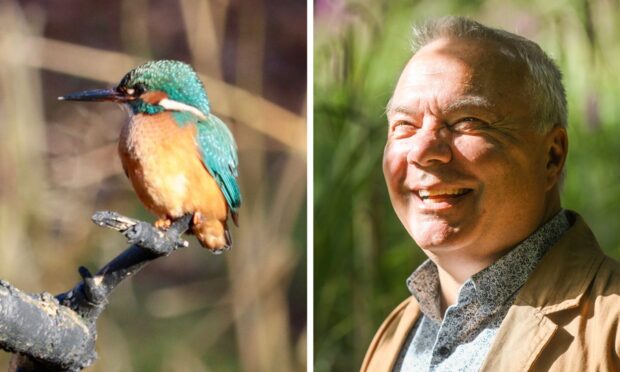
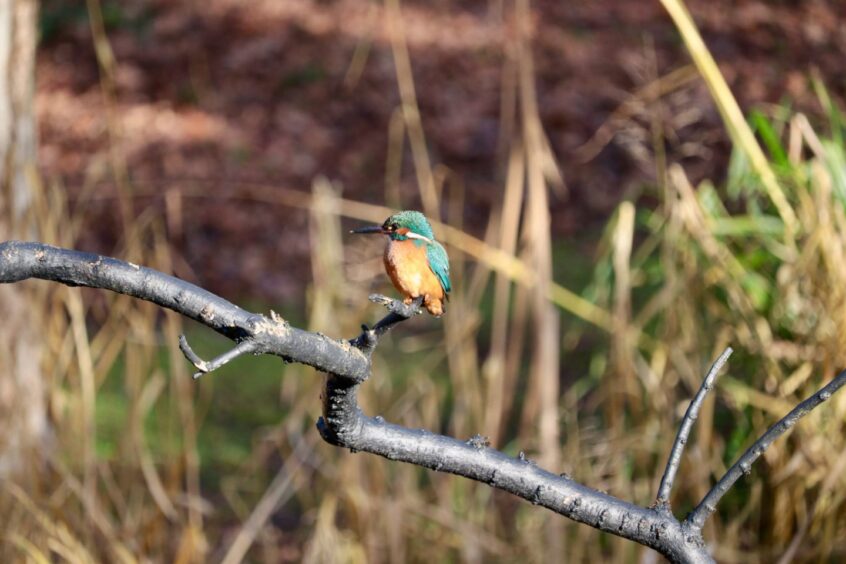
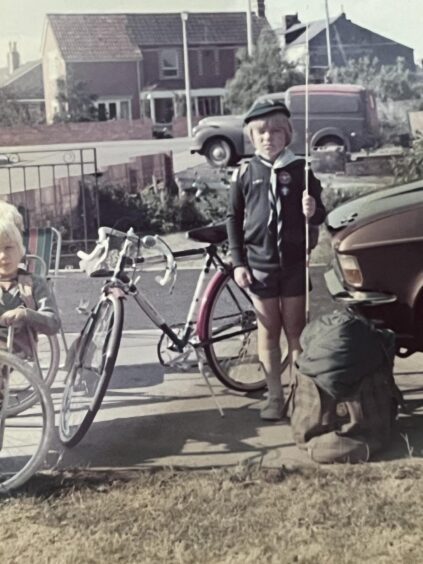
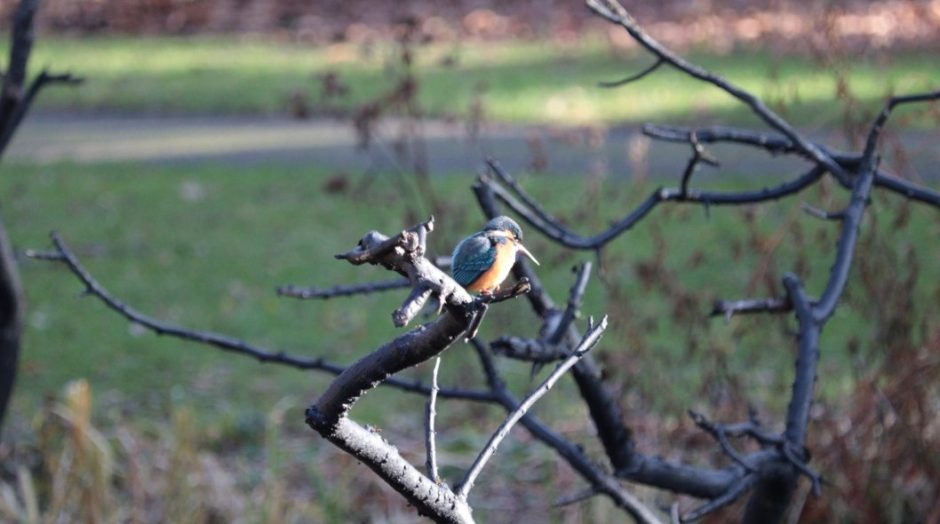








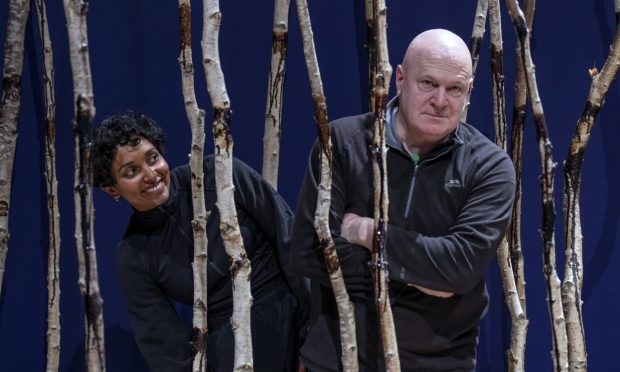
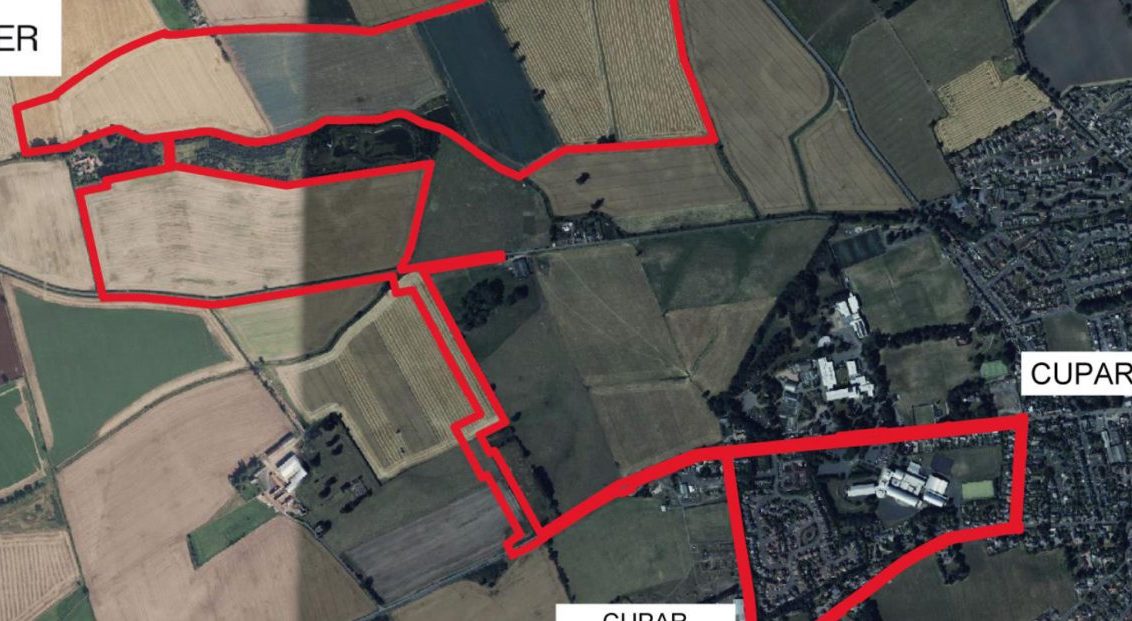
Conversation